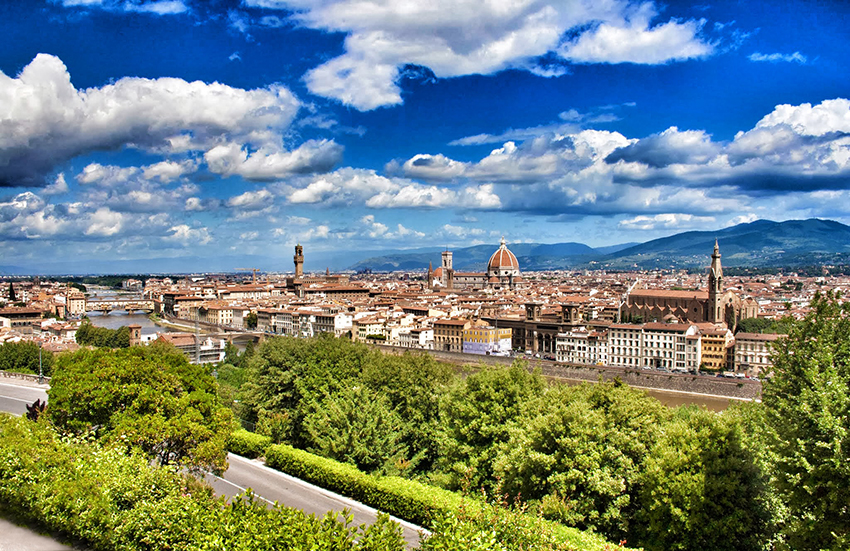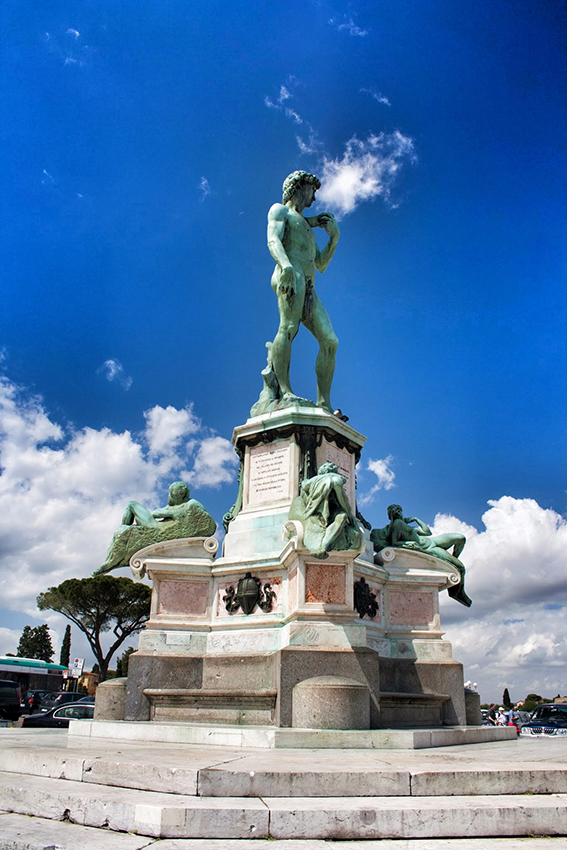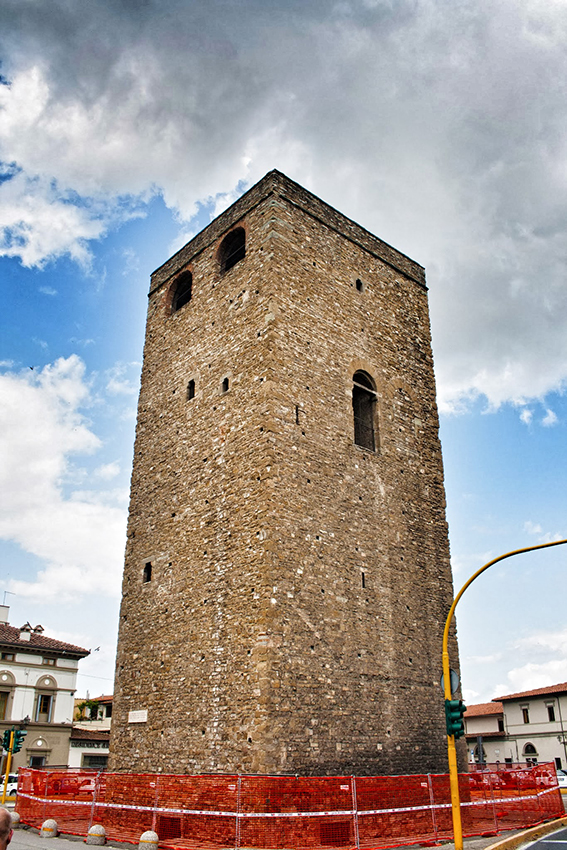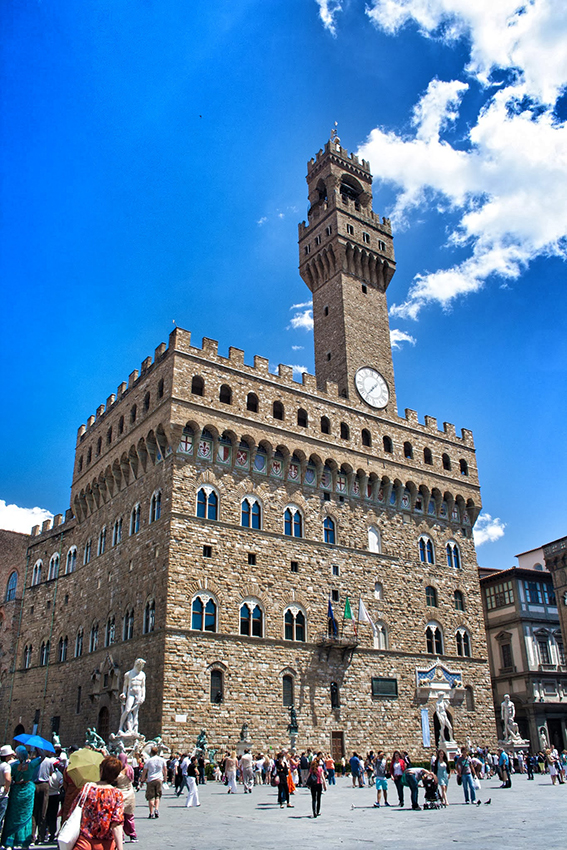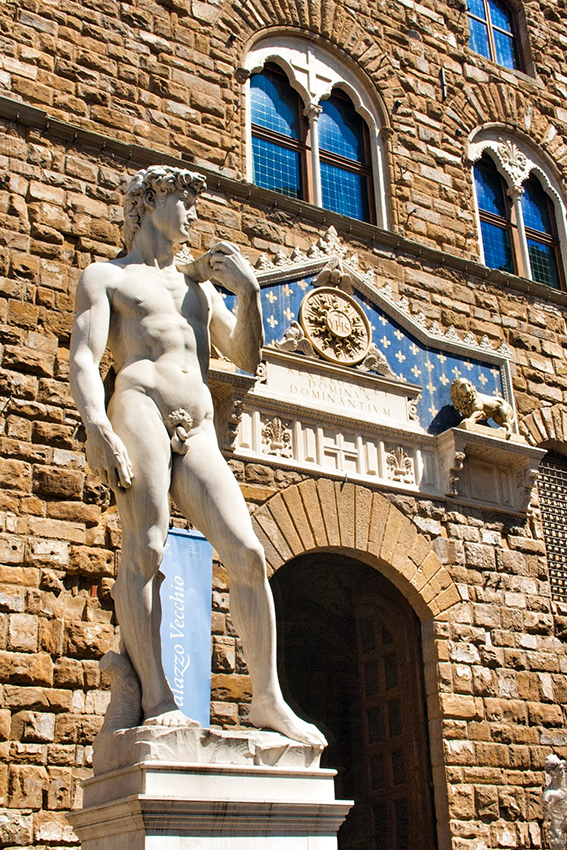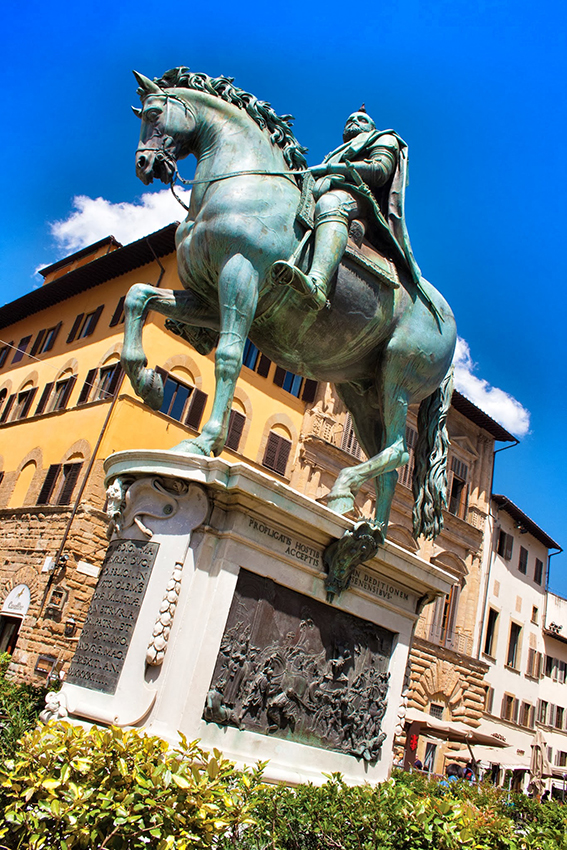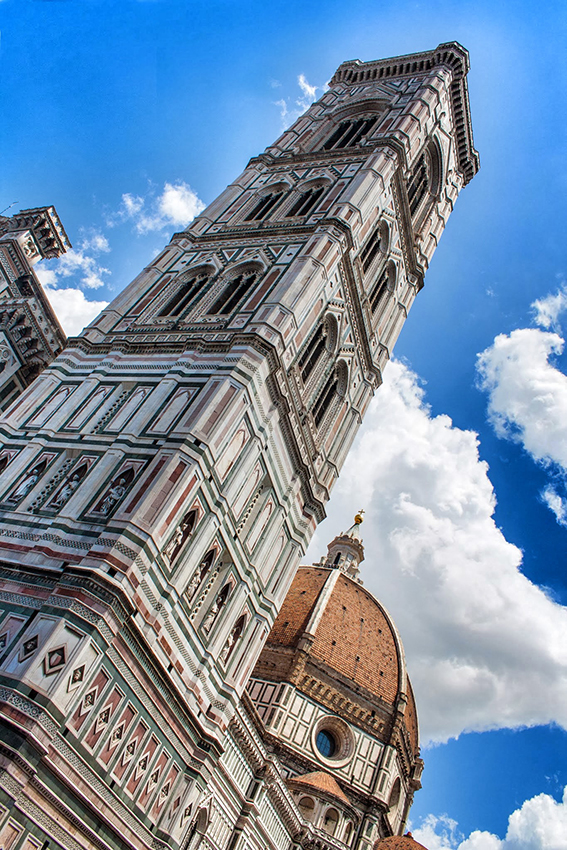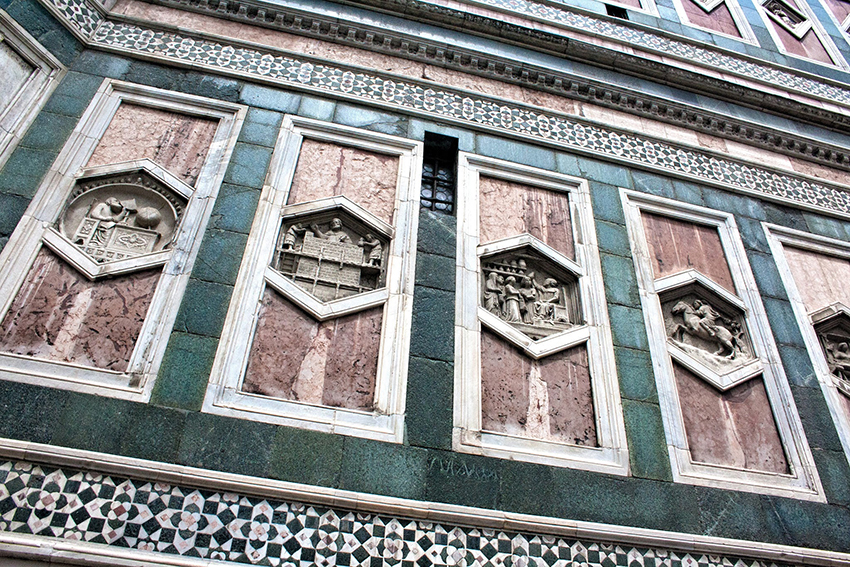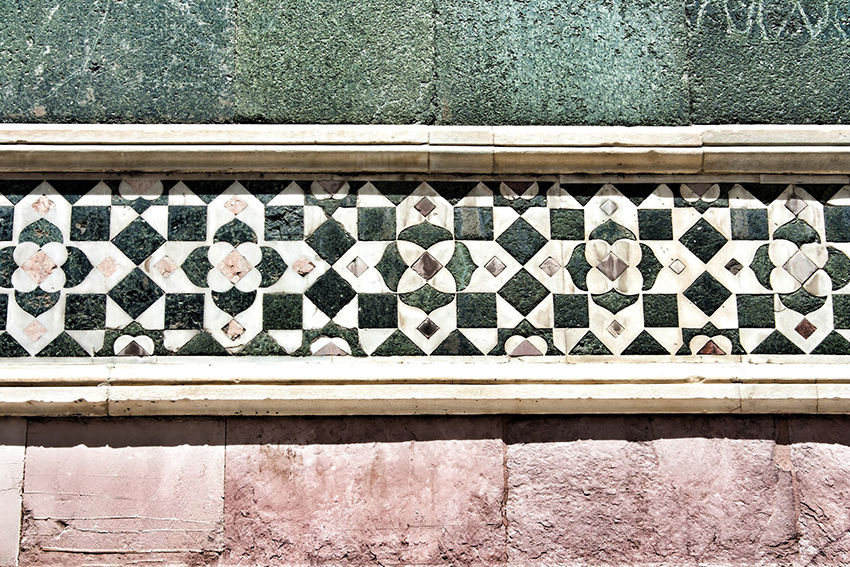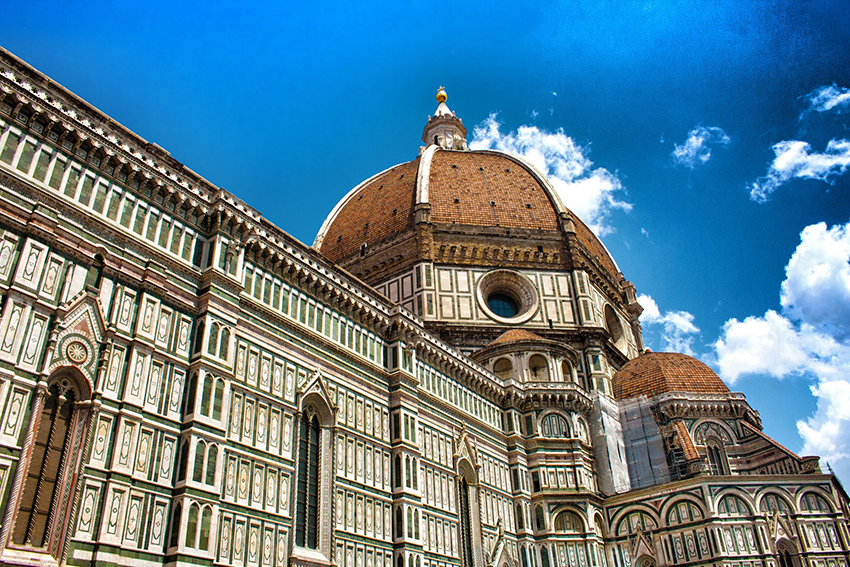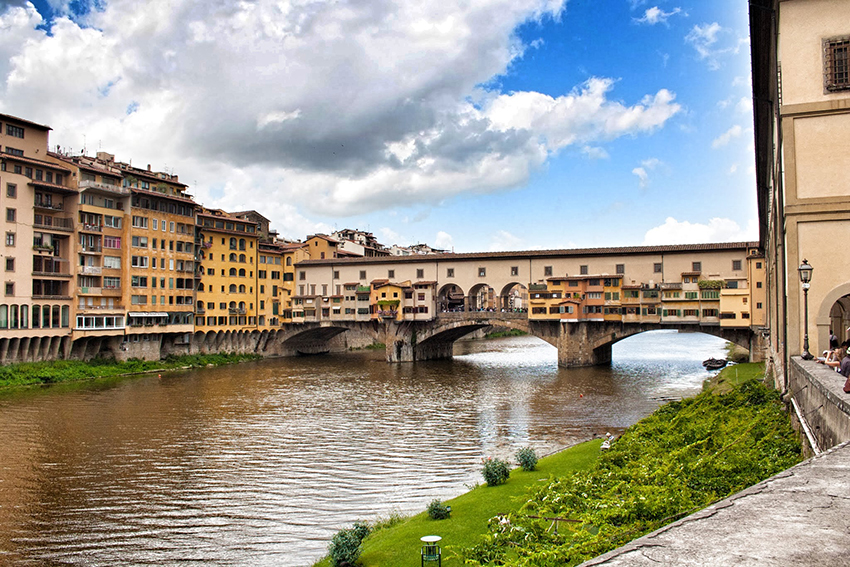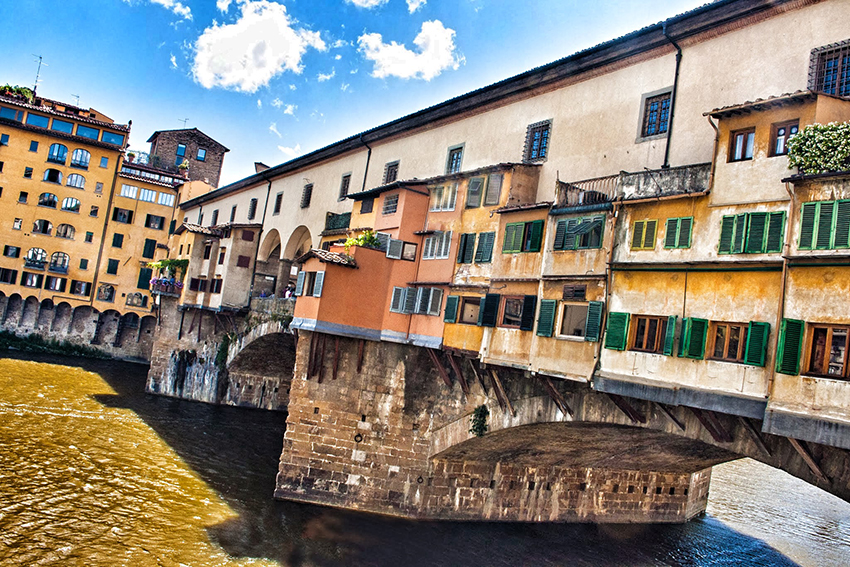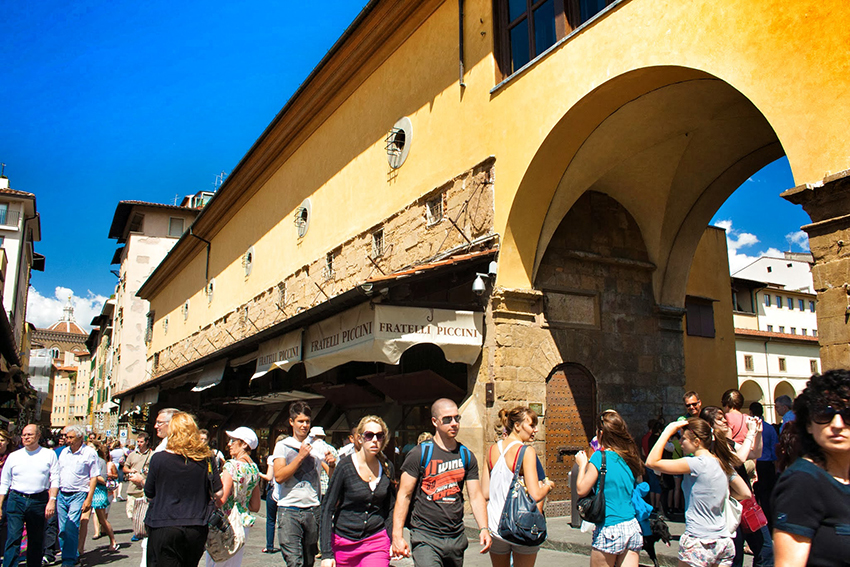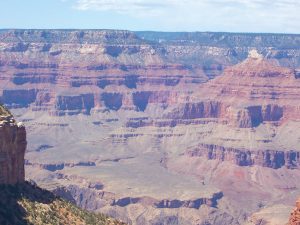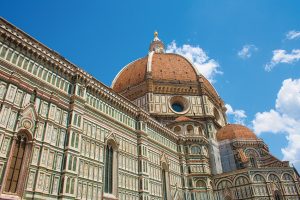Europe is a world heavyweight when it comes to impressive landmarks, with just about every country packing a punch in the sight-seeing category.
Iconic structures you could pick out in an instant, architecture as old as time, but which are the best landmarks to visit whilst travelling through Europe? Well, we’ve picked out some of our top places to grab some picture postcard pics whilst visiting the continent…
The Colosseum
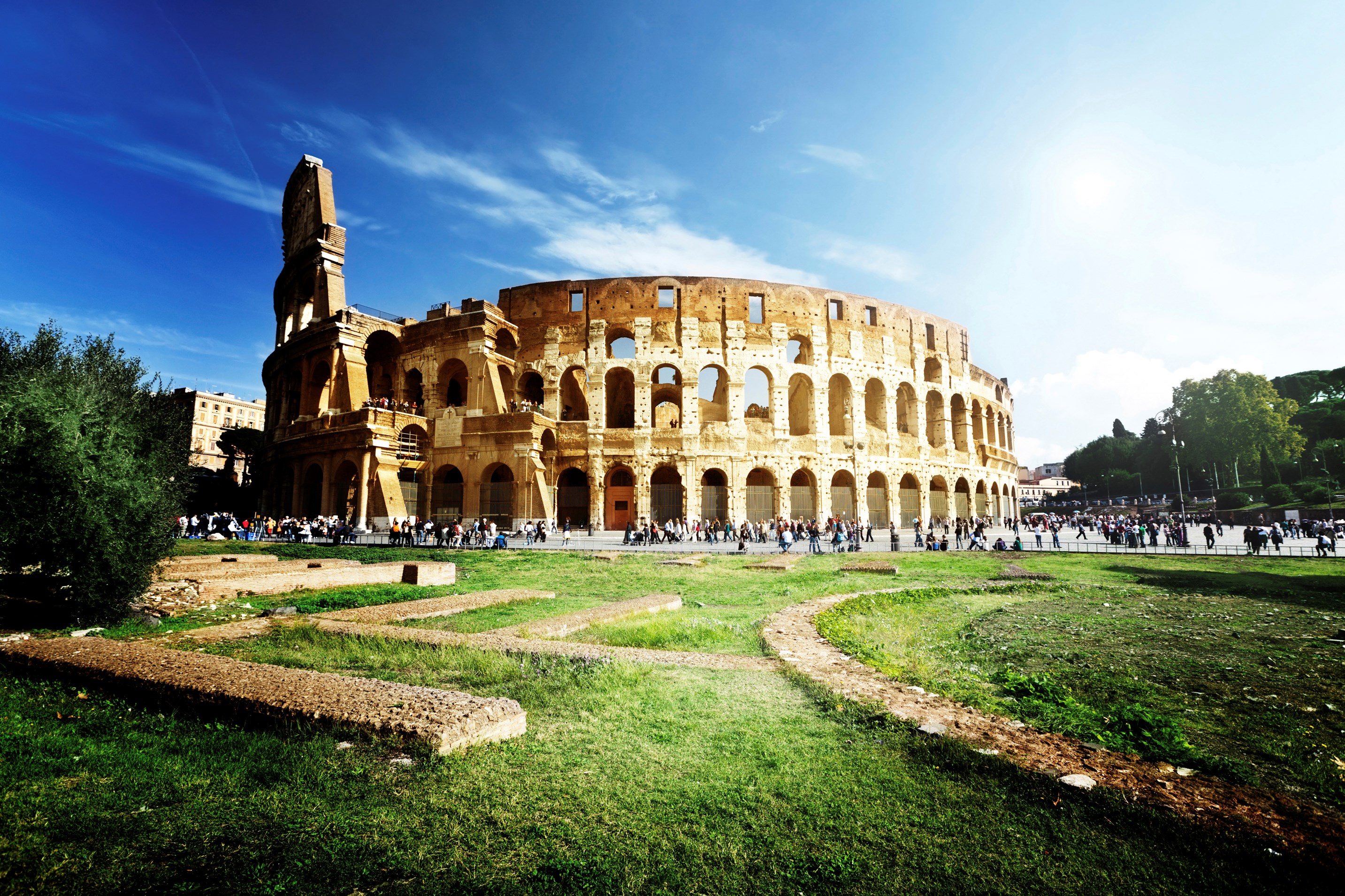
Oh, yes. When in Rome, do as the Romans do. And what’s more quintessentially Roman than the Flavian Amphitheatre?
While its history may be brutal, the Colosseum’s structure is one to behold, built of concrete and sand, in its day, it could hold up to 55,000 people!
It also takes the top spot as the most famous tourist attraction in Rome – well worth a visit.
The Eiffel Tower
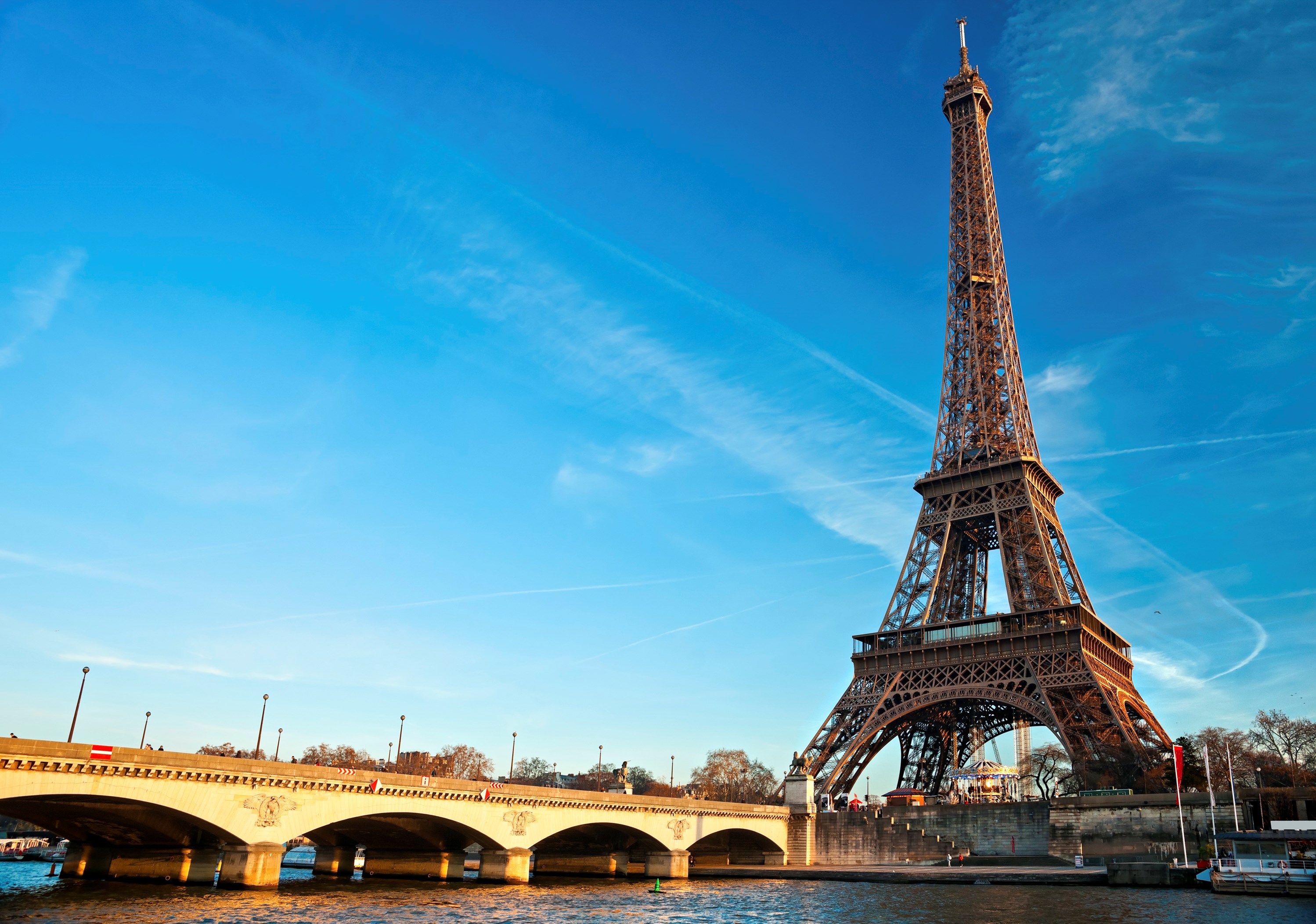
One of Paris’ most visited attractions, the Eiffel Tower takes the top spot of most tourists visiting the City of Lights. And, with the stricture standing at 342 metres in height, it is hard to miss.
The tower actually welcomes around 7 million visitors each year which gives it the title of the most visited paid-for monument in the world.
Sagrada Familia
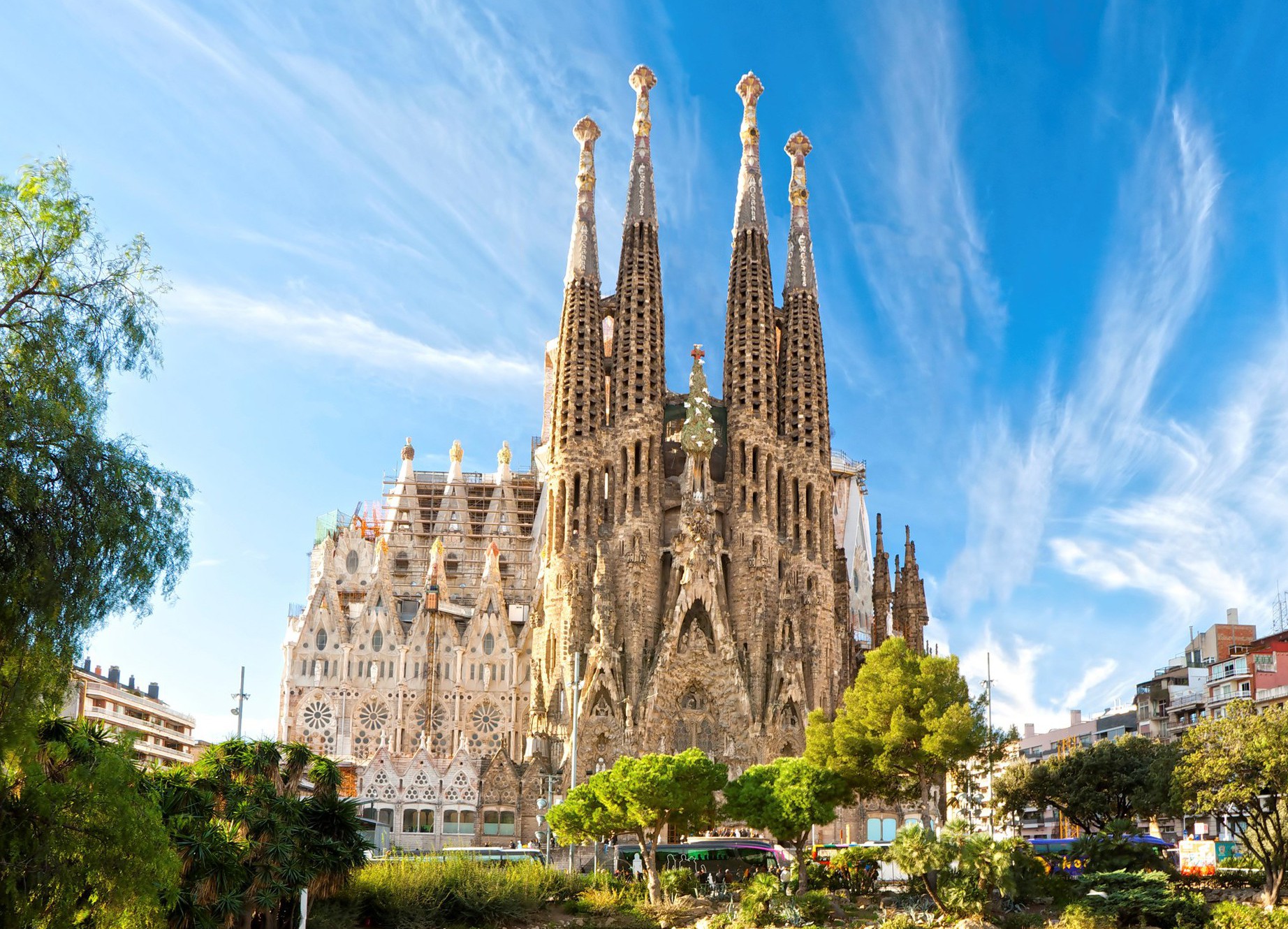
Whilst Barcelona’s impressive Catholic Cathedral still stands unfinished, you can’t deny that the Sagrada Familia is pretty spectacular.
Designed by architect, Antonio Gaudi, the cathedral has now entered its last phase of construction with the tallest of its new towers set to reach a whopping 172 metres!
After 133 years in construction, if you’re waiting to see the finished piece, it is on track to be finished in 2026 which will also mark the centenary of Gaudi’s death.
The Leaning Tower of Pisa
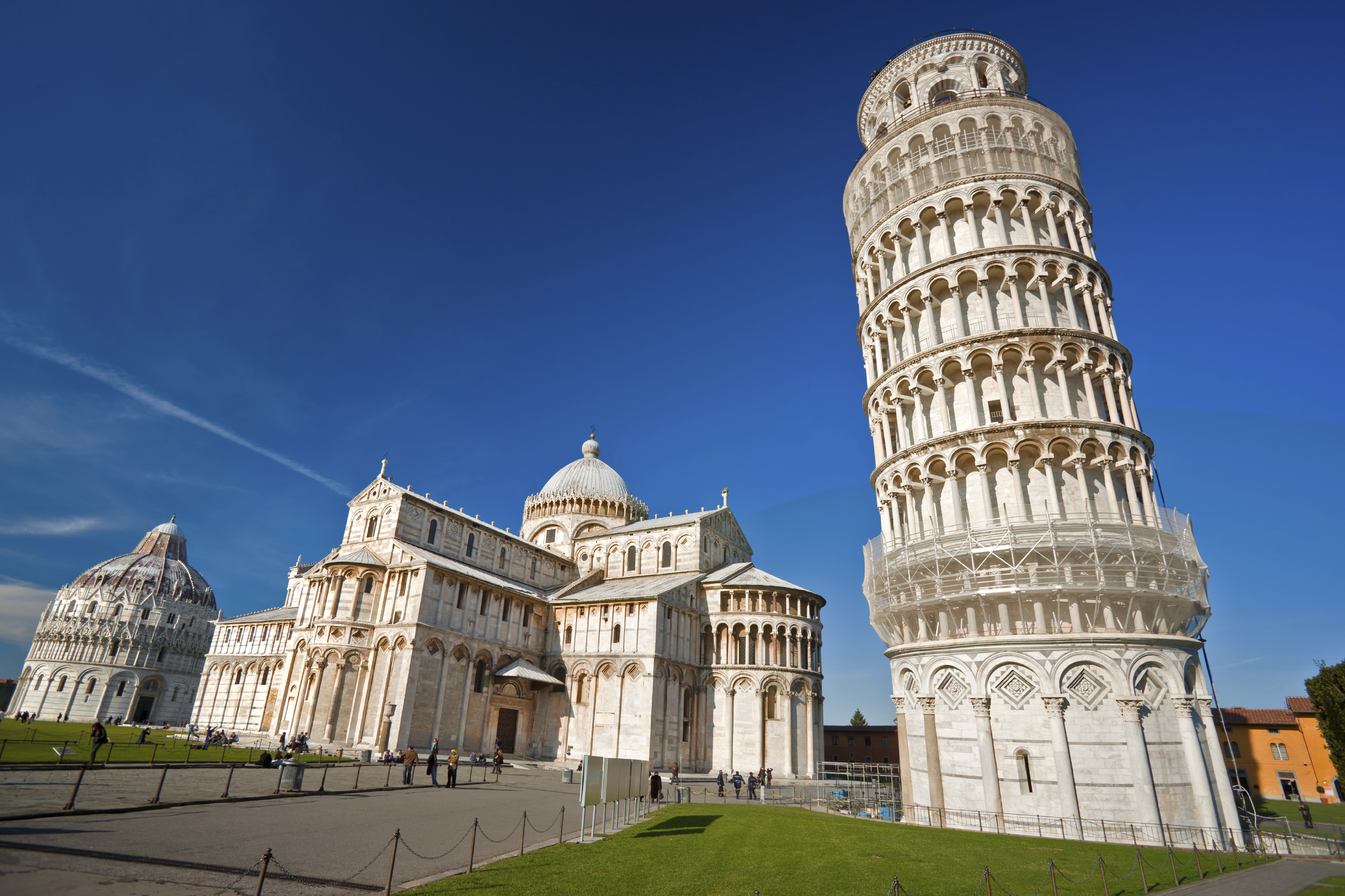
Poor foundations it may have, but if this tower was up right it wouldn’t be as appealing, right? This is one human error we can certainly be thankful for.
The Leaning Tower of Pisa is a tourist hotspot, and you can be sure to see hordes of people trying to get that one picture showing them propping up the tower, which can be an amusing sight in itself.
Now safely anchored into the ground, you can even take a walk up the tower and what a great thing to say you have done?
Brandenburg Gate
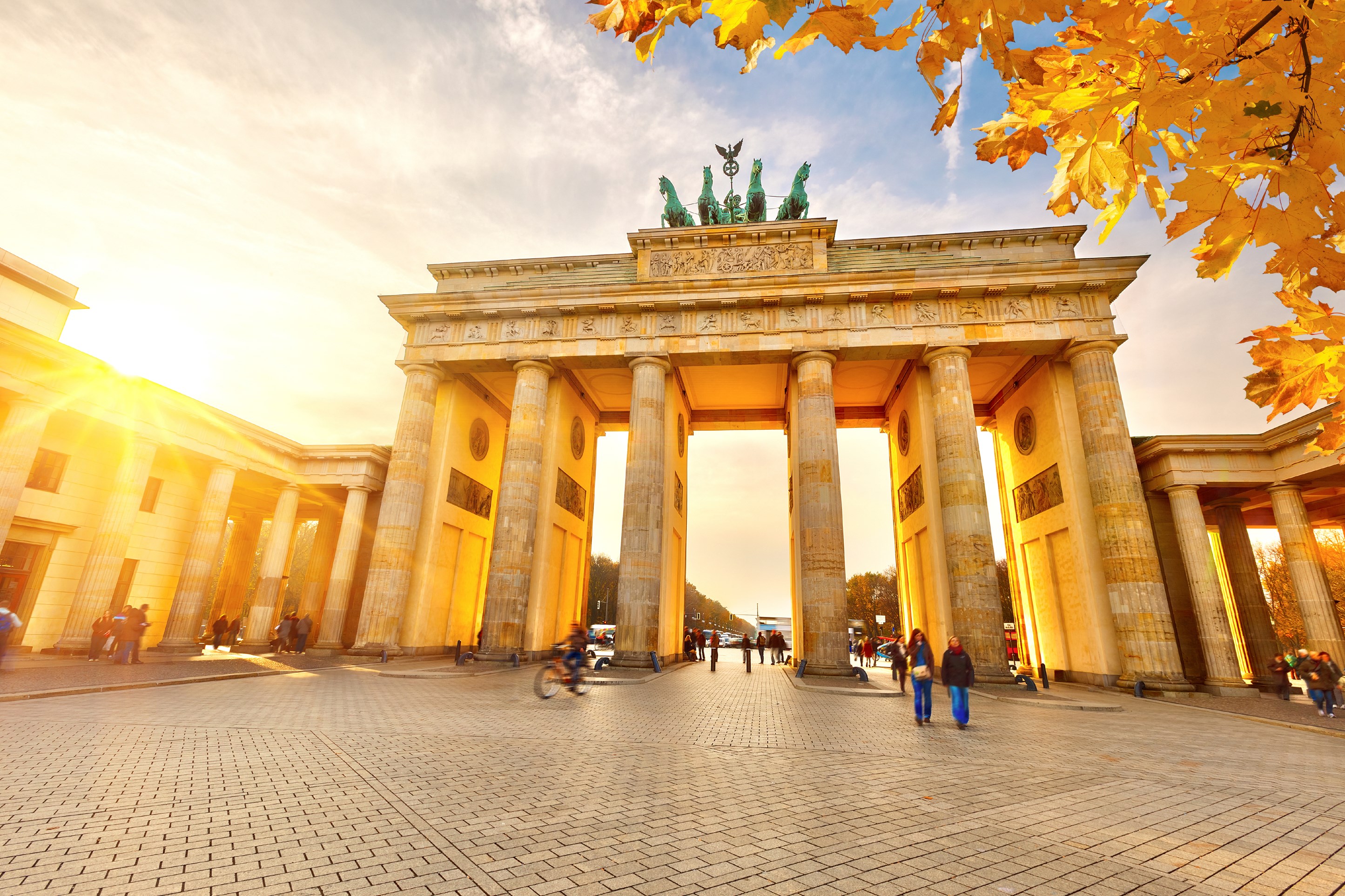
One of the best-known landmarks in Germany, Brandenburg Gate, is a symbol of peace that was built in the eighteenth century, and it’s certainly something to look at.
Originally, the designer’s concept for the gate was a ‘Friedenstor’, or victory arch, as we may know it. Through Berlin’s varied history it has also shared it existence as a political icon and a symbol of a divided city.
Luckily, we can now enjoy the Brandenburg Gate as a symbol of unity. It’s certainly a unique and memorable place to visit during your time in Berlin.
Ancient City Walls of Dubrovnik
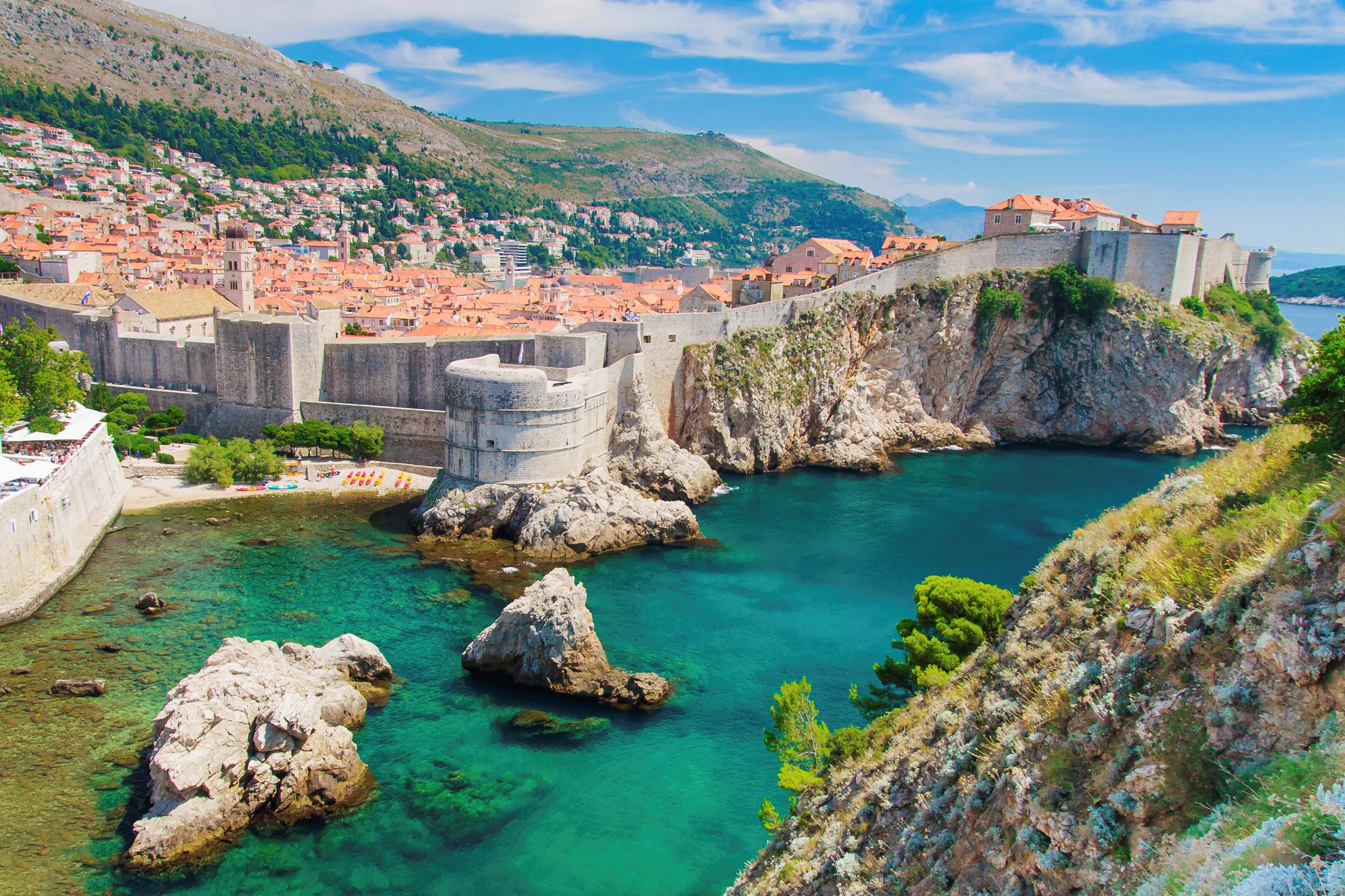
Considered the most magnificent fortification monument in Europe, a walk around the walls of Dubrovnik are sure to be a highlight of your trip to this spectacular coastal city.
Stretching around the city, the walls reach over 2km in distance. So, if you’ve indulged in some of that delicious Dubrovnik seafood, it’s the perfect excuse to fit in a post-lunch stroll.
Acropolis

Mention an 80ft hill with a flat top and it may not sound overly impressive. Mention its name, and it suddenly becomes one of the most iconic monuments in Europe.
The Acropolis, especially the Parthenon, are by far the most characteristic sights to see in Athens – a must on any trip to the city.
It is considered to symbol the beginning of Western civilisation and the Parthenon was even dedicated to the patron goddess of Athens, Athena, who is also the goddess of wisdom making it a real treat for culture enthusiasts and historians alike.
Duomo, Florence
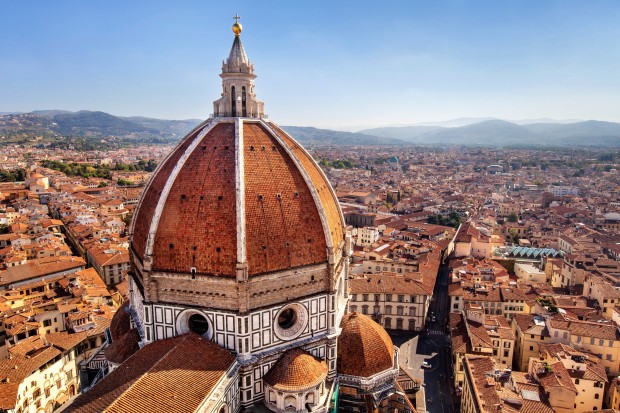
It’s hard to miss the Cathedral of Santa Maria, or The Duomo as it’s otherwise known, as it stands high above the red-tiled rooftops that cover the stunning city of Florence.
The iconic dome proved somewhat of a puzzle to the people of Florence, as nobody actually knew how to build it.
It could have been divine intervention, or just good luck, as their prayers were answered by Brunelleschi, a goldsmith and clock maker.
Brunelleschi was the mastermind of the design and engineering miracle and is who we have to thank for one of Europe’s most impressive masonry dome.
Phew, and that’s just the tip of the iceberg! Are there any on our list that you’re longing to see? Let us know in the comments.


